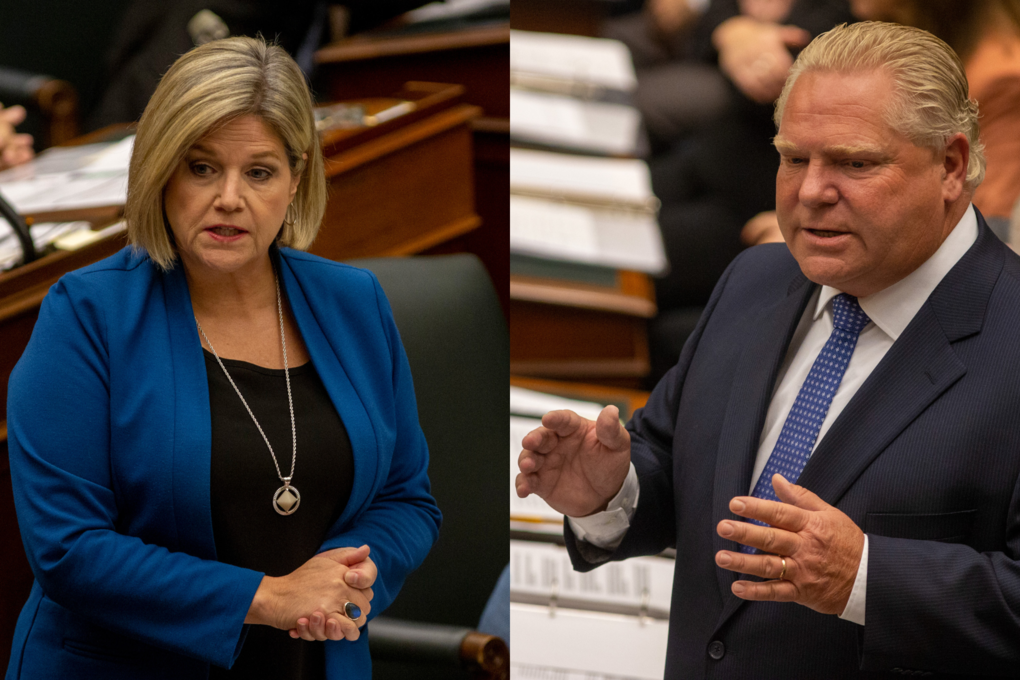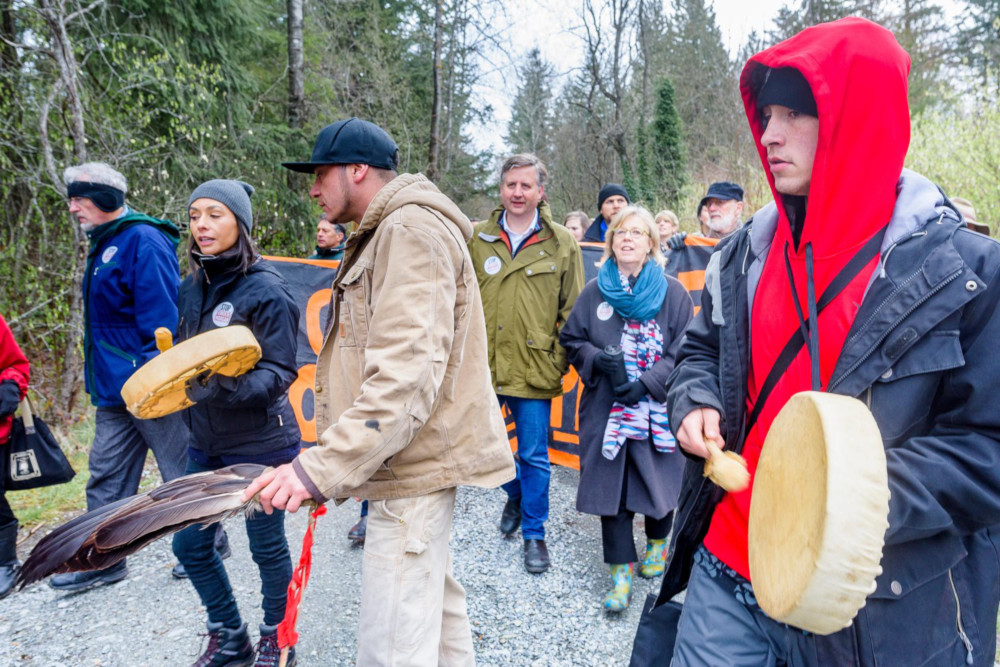Rising inequality is often ignored by neoliberal politicians focusing on profit and growth while social concerns are often not on the political radar.
Support is steady across demographic, regional and even party lines

A new poll conducted by Abacus Data on behalf of advocacy group North 99, and provided exclusively to Ricochet Media, shows that the newfound appetite for a wealth tax in the United States has spread north of the border.
A wealth tax, championed by U.S. politicians like Elizabeth Warren, Bernie Sanders and Alexandria Ocasio-Cortez, would levy an additional tax on the assets of the super rich. Unlike policies such as a new top marginal tax rate that have also been floated by Ocasio-Cortez and others, a wealth tax would apply not only to income but to all assets.
The poll of 2,000 Canadians was weighted to reflect census data and tested the proposal of a two per cent wealth tax on individuals with assets over $50 million, payable annually.
It found a staggering 67 per cent of all Canadians support or somewhat support the proposal. Only 14 per cent were opposed or somewhat opposed, while 17 per cent were unsure or felt they didn’t have enough information to respond.
“There is a real appetite, a real demand among voters across the political spectrum for bold, progressive policies”
What we see here,” explained Taylor Scollon, co-director of North 99, “is that policies that politicians are not necessarily talking about, that we don’t hear a lot about, to address rising inequality and lack of opportunity for workers, for the middle class, are quite popular. But they are just not present in the discourse right now.
These ideas are being talked about a lot more in the U.S., Elizabeth Warren has put out a similar proposal, but these are policies that Canadians support too.” MORE






